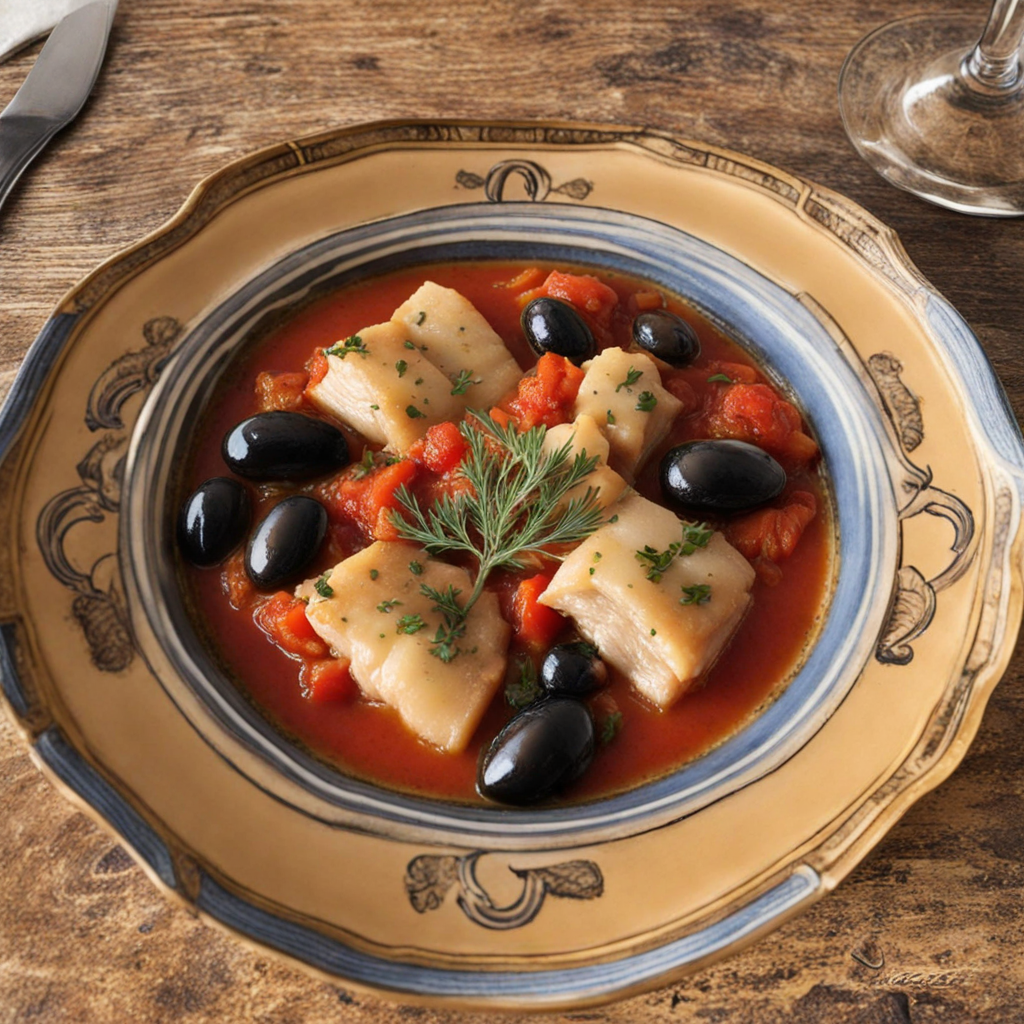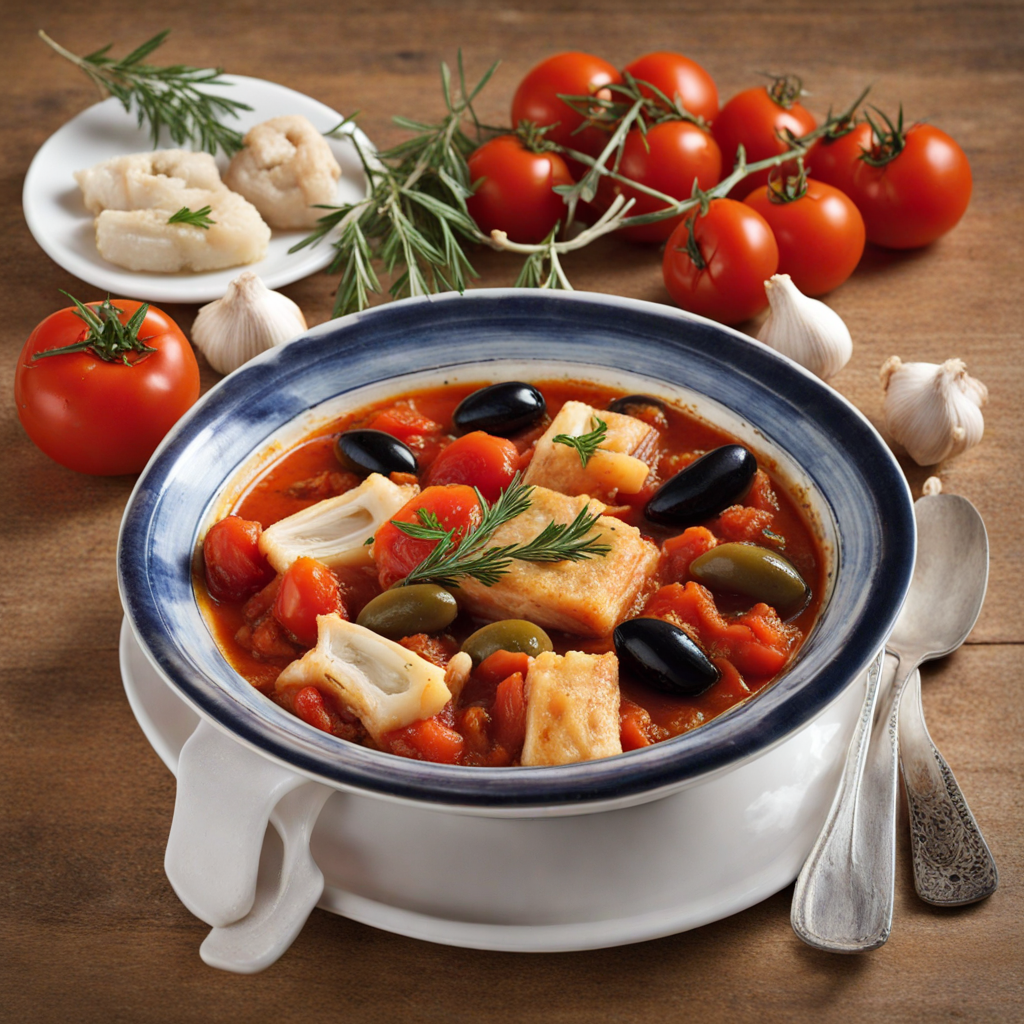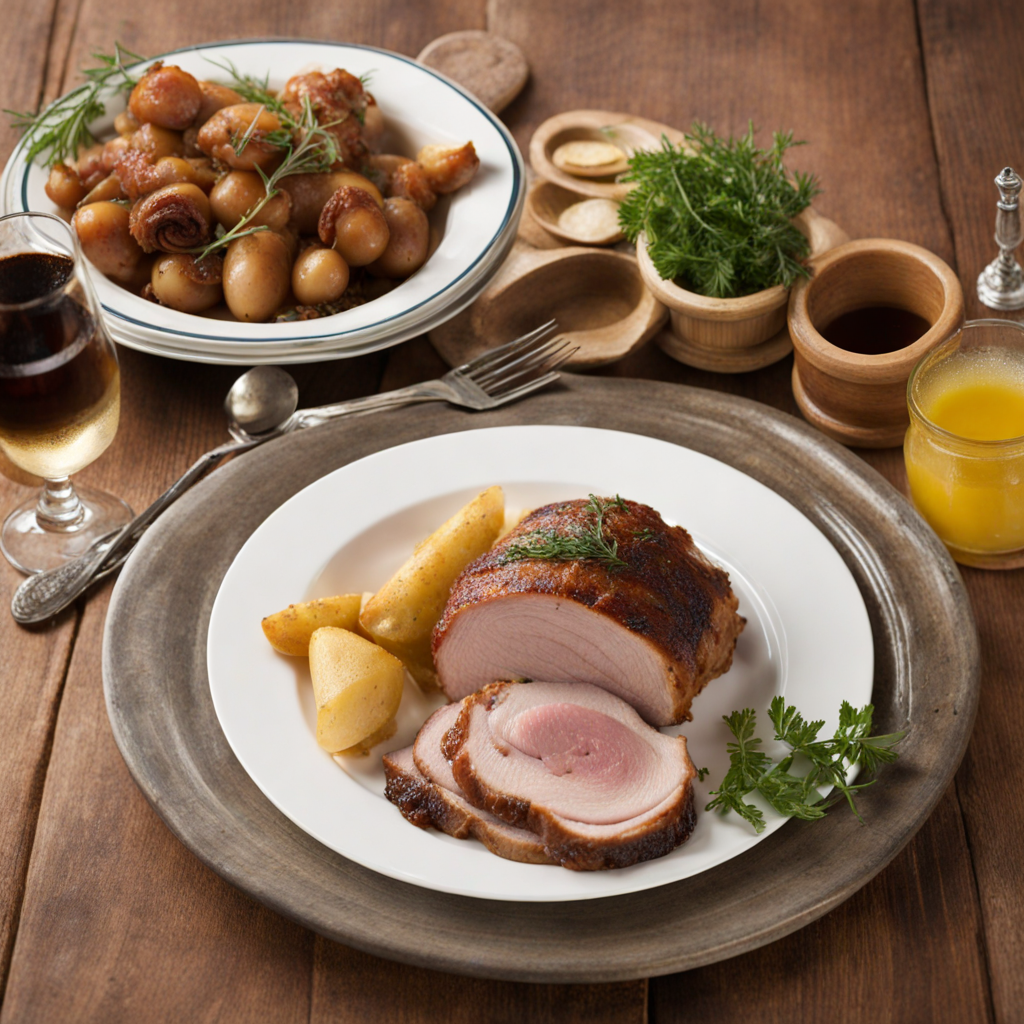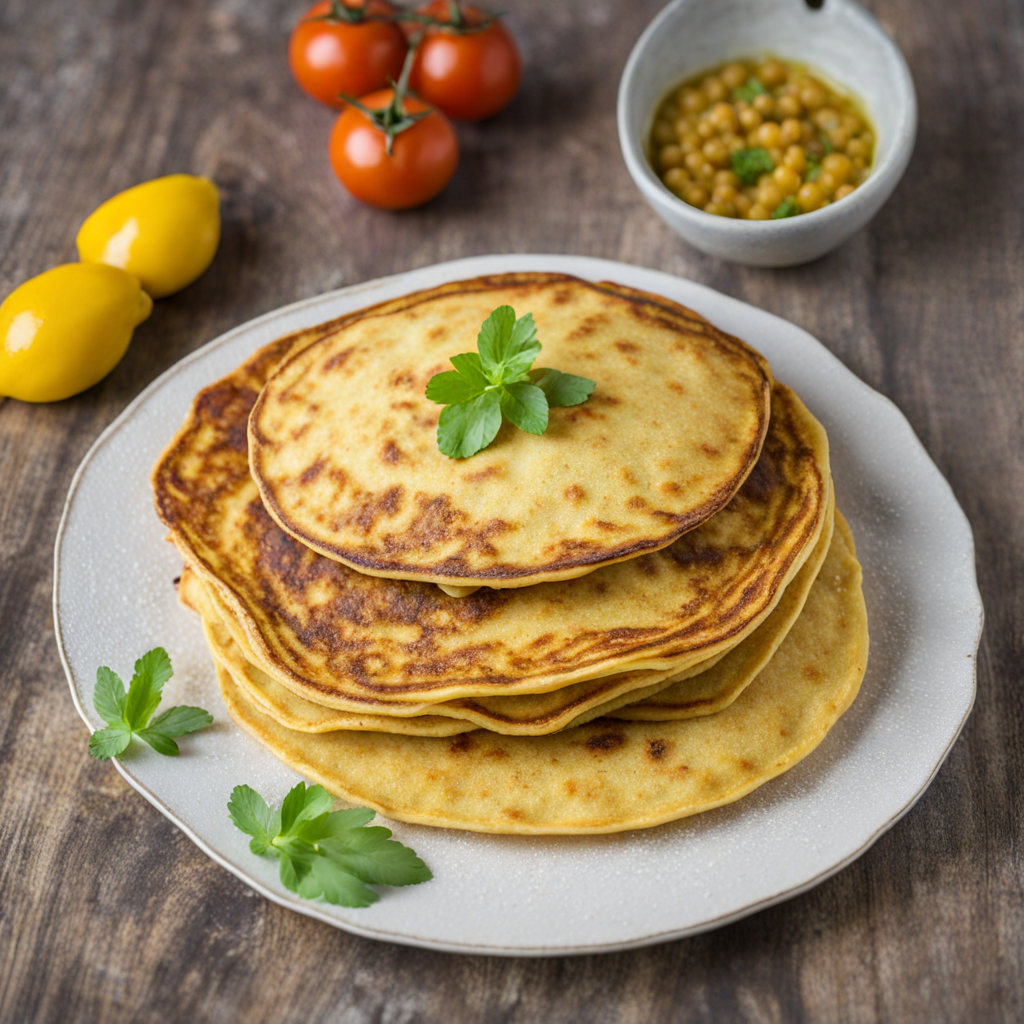Stocafi
Stocafi, a traditional dish from the principality of Monaco, is a savory fish stew that showcases the region’s Mediterranean culinary heritage. The name “Stocafi” is derived from the Italian word “stoccafisso,” which refers to stockfish, a type of dried cod. This dish has deep historical roots, influenced by the maritime cultures of the Mediterranean, and reflects the resourcefulness of coastal communities that relied on preserved foods. In Monaco, Stocafi is often prepared for special occasions and family gatherings, symbolizing the rich culinary traditions passed down through generations. The flavor profile of Stocafi is a harmonious blend of savory and slightly tangy notes. The primary ingredient, stockfish, provides a firm texture and a mild, slightly briny flavor that is enhanced by the accompanying ingredients. The dish typically includes tomatoes, onions, garlic, olives, and capers, which contribute layers of sweetness, acidity, and umami. The result is a robust stew that is both comforting and invigorating, with the flavors melding beautifully as the dish simmers. The addition of fresh herbs such as parsley or basil often brightens the dish, adding a fragrant finish that complements the richness of the fish. Preparation of Stocafi is a labor of love that involves several steps, allowing the cook to infuse the dish with depth and character. The first step is to rehydrate the stockfish, which is usually soaked in water for several days to soften it and reduce its saltiness.
How It Became This Dish
The History of Stocafi: A Culinary Gem of Monaco Stocafi, a traditional dish from Monaco, is a fascinating culinary creation that reflects the rich cultural tapestry of the Mediterranean region. This dish, primarily composed of dried cod, garlic, tomatoes, and a medley of herbs and spices, is a testament to the historical influences that have shaped the cuisine of Monaco and its surrounding areas. As we explore the origins, cultural significance, and evolution of Stocafi, we uncover not only a dish but also the stories and traditions of the people who have preserved it through the ages. #### Origins: A Maritime Influence The roots of Stocafi can be traced back to the Mediterranean, particularly the coastal regions where fishing has been a way of life for centuries. The dish's main ingredient, dried cod, known as "stockfish," has a long history in European cuisine, with its origins dating back to the Viking age. The method of drying fish in the cold air of northern climates allowed it to be preserved for long periods, making it a staple food for sailors and those living in coastal areas. In Monaco, the use of dried cod emerged as a practical solution for a society that relied heavily on fishing. The Principality, nestled between France and Italy, has always been influenced by both cultures, and the culinary traditions reflect this blend. The development of Stocafi can be closely related to the maritime trade routes that brought various ingredients and flavors to the region, including tomatoes, which were introduced to Europe from the Americas in the 16th century. #### Cultural Significance: A Dish of Tradition Stocafi is more than just a meal; it is a dish steeped in tradition and cultural identity. In Monaco, it is often associated with family gatherings and festive occasions, particularly during Lent, when many people abstain from meat and seek fish-based alternatives. The preparation of Stocafi usually involves a communal effort, with family members coming together to prepare the dish, reinforcing social bonds and cultural ties. The dish is also a symbol of resilience and resourcefulness. The use of dried cod, which can be stored for long periods, reflects a culinary practice born out of necessity. In times past, when fresh fish was scarce or unavailable, the Monegasques turned to preserved fish, creating a dish that showcased their ability to adapt and innovate. This adaptability is a hallmark of Monegasque cuisine, which often incorporates local ingredients and reflects the seasonal availability of produce. #### Ingredients and Preparation: A Culinary Art The preparation of Stocafi involves several key steps that highlight its rich flavors. The dried cod is soaked in water for an extended period to rehydrate and soften the fish. This process is crucial, as it removes excess salt and prepares the fish for cooking. Once rehydrated, the fish is typically simmered in a sauce made from tomatoes, garlic, onions, and various herbs, including parsley and basil. The addition of olives or capers is not uncommon, adding a briny depth to the dish. Traditionally, Stocafi is served with a side of polenta or crusty bread, allowing diners to savor the rich sauce that accompanies the fish. The dish's flavors are further enhanced by a splash of white wine or vinegar, which balances the richness of the cod and the sweetness of the tomatoes. This balance of flavors is a hallmark of Mediterranean cuisine, where freshness and simplicity reign supreme. #### Evolution Over Time: A Modern Take As Monaco has evolved into a cosmopolitan hub of luxury and tourism, so too has the way Stocafi is perceived and prepared. While traditional recipes are still cherished, contemporary chefs have begun to reinterpret the dish, blending modern culinary techniques with classic flavors. The use of fresh, locally sourced ingredients has become a focal point, with chefs experimenting with seasonal vegetables and innovative garnishes. The rise of gastronomy tourism in Monaco has also brought Stocafi into the spotlight. Visitors seeking an authentic culinary experience are often encouraged to try this dish, leading to a resurgence in its popularity. Restaurants in Monaco now feature Stocafi on their menus, often accompanied by creative presentations that highlight the dish's rustic roots while appealing to modern palates. Moreover, the influence of global cuisine has introduced new flavors and techniques to the preparation of Stocafi. Chefs may incorporate elements from Asian or Middle Eastern cooking, experimenting with spices and cooking methods that enhance the dish's complexity. This fusion reflects a broader trend in the culinary world, where traditional dishes are reimagined to suit contemporary tastes while honoring their origins. #### Conclusion: A Legacy of Flavor and Tradition As we conclude our exploration of Stocafi, it is clear that this dish is more than just a culinary delight; it is a reflection of Monaco's history, culture, and resilience. From its maritime origins to its role in family gatherings and festive occasions, Stocafi embodies the spirit of the Monegasque people. Its evolution over time, adapting to modern tastes while preserving traditional techniques, showcases the dynamic nature of cuisine as a living art form. In a world that often seeks the new and the novel, Stocafi stands as a reminder of the importance of heritage and tradition. It invites us to savor the flavors of the past while embracing the creativity of the present. As more people discover this delicious dish, it will undoubtedly continue to carry the stories and traditions of Monaco into the future, ensuring that the rich legacy of Stocafi remains a cherished part of the culinary landscape for generations to come.
You may like
Discover local flavors from Monaco







